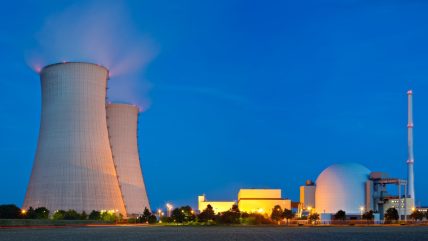
Two new nuclear reactors totalling 1.4GW of capacity are set to open in the Indian state of Gujarat on 22 February 2024, the Free Press Journal has reported.
These plants, known as units 3 and 4, are both at the Kakrapar nuclear power station in Surat and will be opened by Indian Prime Minister Narendra Modi. They will significantly support the country’s journey towards self-sufficiency in nuclear energy.
Equipped with PHWR systems, the reactors have been entirely built in India.
The commissioning of the two units will increase the facility’s total capacity to 1.8GW.
The Kakrapar atomic power project’s unit 3 (KAPP-3) has been operational since August 2023. KAPP-4 is nearing connection to the national grid.
The units have been designed with advanced safety features by Indian scientists and engineers, marking a pivotal achievement in India’s pursuit of self-reliance.
In December 2023, unit 4 achieved its first criticality after the start of a controlled self-sustaining reaction.
Construction on the units began in 2010. A total of 1.4 million cubic metres of concrete were poured and the structures required 21,000 tonnes of structural steel.
The Nuclear Power Corporation of India operates 23 reactors with a combined capacity of 7.5GW.
India is also progressing with 15 indigenous 700MW PHWRs and four light water reactors with 1GW of capacity each.
The PHWRs are being built at Kudankulam in collaboration with Russia. They will be completed between 2031 and 2032.
Nuclear power has played a significant role in reducing carbon emissions in India, where it has generated around 870 billion units of electricity and contributed to 748 million tonnes of carbon savings.
KAPP-3 and KAPP-4 will produce 10.4 billion units of electricity annually, based on a plant load factor of 85%.



